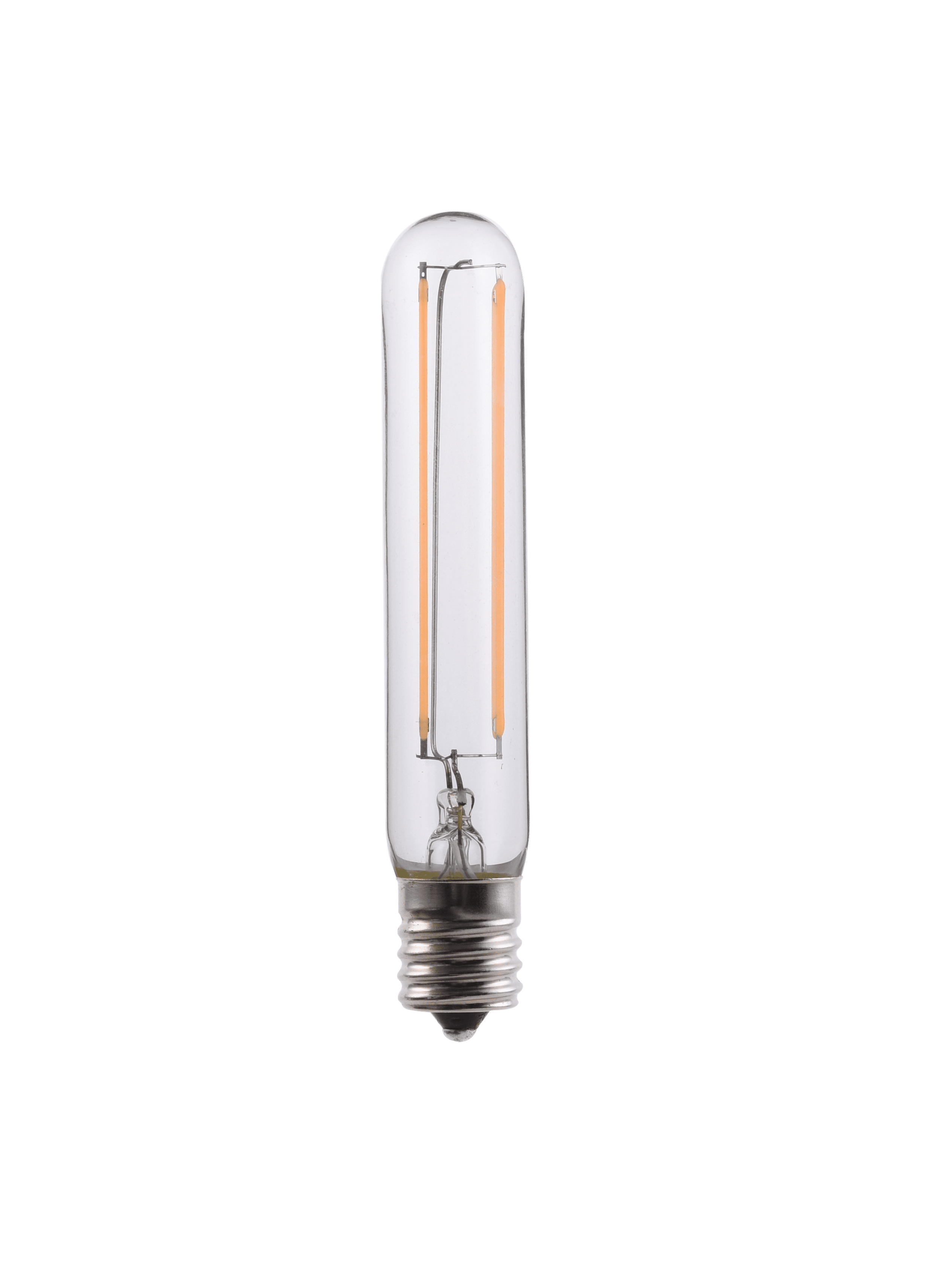

Most standard wall dimmers work by phase cutting, which removes part of the sine wave and reduces the voltage. The technology in LED lighting has advanced to the point where this should not happen, unfortunately there are companies that care more about their bottom line than the health of their customers.Īnother challenging variable for LED lamps to avoid flickering is through dimming.
Bulb t 6.5 led warm light driver#
If flickering is present in your LED lamp (and you are not dimming with it), it was likely created with cheap driver components. Ultimately if the driver design of the LED bulb meets the requirements of both a stable DC current and ample ripple suppression, there should be no flicker. Without this, ripple currents in the power flow will cause flickering. Power correction components within the driver circuit must also be addressed. However, this can be fixed by using constant current drivers, which remove the peaks of the sine wave. The essential purpose of the LED driver design is to rely on a simple circuit to control output current, but without altering the frequency, the LED becomes likely to show visible flicker. LED flickering can be tied back to the driver component within the lamp. This leaves it susceptible to being in a range that will cause flickering, or sometimes an audible hum. With AC power, the sine wave will peak both positively and negatively. Unintentional flickering in lighting equipment can be traced back to our power companies that designed electricity flow to use alternating current (AC) as opposed to direct current (DC). These specified frequencies are generally just a few flashes per second, but they are very close to frequencies that cause epileptic seizures. This is a deliberate flicker effect that delivers light at certain frequencies, causing the brain to interpret moving objects as if they were in slow motion. To better understand flickering in lights, consider the theatrical effect known as strobe lighting. The symptoms include dizziness, eyestrain, headaches, migraines, impaired thought, and other general sick-feeling symptoms. It is the flicker that is present but we cannot see. Invisible flicker is just as much of a problem if not more. With 1 in 4000 people suffering photosensitive epilepsy and many more who have not been diagnosed, this has become a public safety issue. Short-term exposure to frequencies in the 3Hz to 70Hz range are associated with epileptic seizures, with the highest possibility of occurrence being in the 15Hz to 20Hz range. There are health concerns with visible flickering. It is considered that anything below a frequency of 100Hz can be seen. Obviously visible flicker is the one our eyes can see, which is when the light output from a given source changes rapidly. There are two types of flickering with lights – visible flicker and invisible flicker.

What are the causes of this, and are there solutions? Types of Flickering Despite flickering being less present in LED than with fluorescent systems, it is certainly still a factor. Window.With fluorescent lighting gradually being displaced in favor of LED, many thought the days of dealing with flickering lights were over. © 2003-2021 WebstaurantStore Food Service Equipment and Supply Company - All Rights Reserved.


 0 kommentar(er)
0 kommentar(er)
